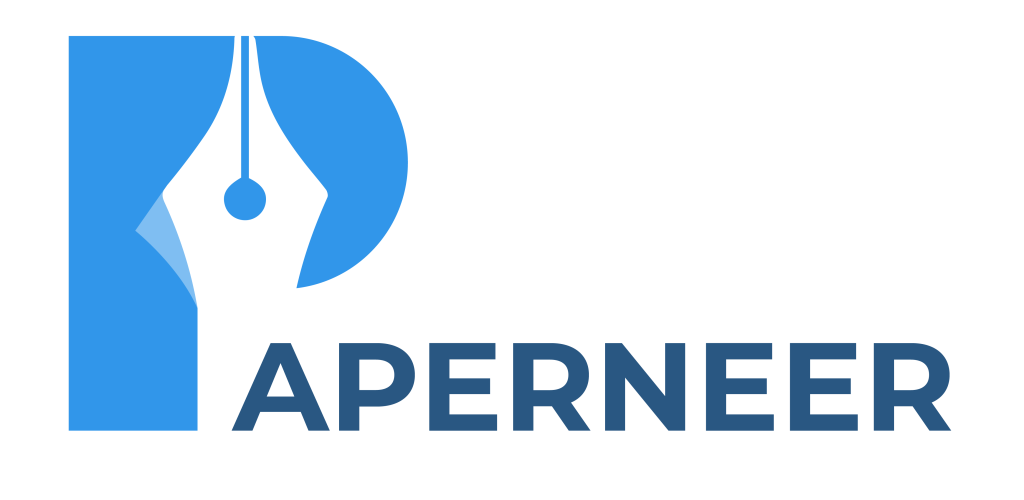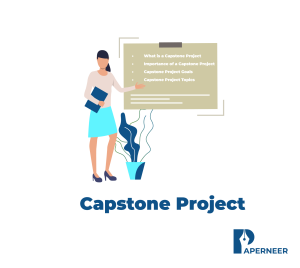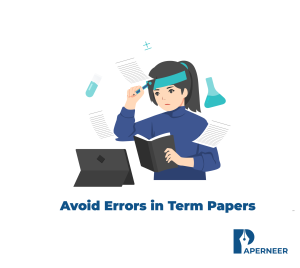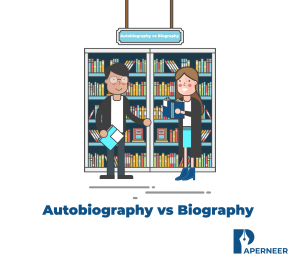Capstone Project – A Complete Guide A capstone project is sometimes the...
Read MoreAutobiography Writing, A Comprehensive Guide with Examples

It sometimes feels quite soothing to delve into nostalgia and revamp life memories. We almost always live in memories. However, we rarely put them into writing. A comprehensive guide on autobiography writing is what you need to learn putting your memories into written words. Therefore, this blog provides a comprehensive guide on autobiography with examples.
Let’s explore:
What is an Autobiography?
It is a non-fiction piece of writing on a person’s life written by the person who has experienced such events. It is a personal story that follows important events, considerations, and feelings in the author’s life. Unlike a biography, which is generally written by someone else, an autobiography offers a firsthand account so that the author can transmit his ideas, his memories, and his observations. It is an effective means of self-expression with which students transfer the essence of their individual trip, have won lessons, and can leave themselves and others a permanent recording of their lives.
How to Begin Writing an Autobiography?
This comprehensive guide on autobiography writing and its examples will assist you with the steps to start writing your own autobiography. You have to consider the following steps before starting to write an autobiography:
Identify your purpose:
Before starting to write your autobiography, you have to be sure about the purpose of your writing. You have to decide what the reason is behind writing an autobiography. You have to be clear about whether it aims to share your life story with family, inspire others, or reflect on your life experiences. A definite purpose will help you set the tone and content of your narration.
Outline key life events:
An autobiography needs to include the major events that have happened in your life and shaped your life in any way. List down the significant happenings like inciting incidents in your life and the memorable experiences that you have had in your life. The memorable events could be any traumatic situation that may have been a turning point in your life, a memorable story from your childhood, your significant achievements, or your love life.
Choose a central theme:
Decide if there is a particular theme or message you want to transmit. This could be overcoming adversity, following your passion, or personal transformation. A theme helps to connect your experiences and gives the consistency of history.
Create a detailed outline:
Plan the most important chapters or aspects of your autobiography. It can be divided into different stages of life, such as youth, adolescence, and adulthood. This overview will act as a guide when you start writing.
Start with a fascinating introduction:
The introduction should grab the reader’s attention. You can start your introductory paragraph with an anecdote, a memory, or any experiences that may reflect your life with who you are now.
Write authentically:
Authenticity is the key element in an autobiography. Keep your voice and writing authentic and credible. Be vivid and clear about your emotions, expressions, and thoughts.
By following the above-mentioned steps, you can set a clear and strong foundation to craft your autobiography.
What type of Writing is an Autobiography?
An autobiography is classified as narrative or literary nonfiction. It combines a factual account of a person’s life with storytelling techniques such as descriptive language, character development, and emotional reflection, making it fascinating and lively for readers. Because the author is the subject, autobiographies are usually written in the first person, using the “I” to offer personal thoughts and experiences. They often contain elements of autobiographical writing but focus on a broader life story rather than a specific period or phase of life. For a deeper understanding, refer to our comprehensive guide on autobiography writing.
Difference between Biography and Autobiography
Autobiographies are a subset of the broader field of biographies. A regular biography is written by someone other than the author (usually a historian), while an autobiography is written by the author himself. (“Auto” in Greek refers to “self”; thus an autobiography is a self-biography.)
A well-known biographer, Doris Kearns Goodwin, has written about Abraham Lincoln and Teddy Roosevelt, while Robert Caro has written about Lyndon Johnson and Robert Moses. Biographers are known for attaining a high level of knowledge in their field. In contrast, an autobiographer requires a deep knowledge of only one subject: himself.
Difference between Memoir and Autobiography
Memoirs are a type of autobiography that focuses on a specific time in the author’s life rather than their entire life. The formal definition of an autobiography is a first-hand description of the author’s entire life. Memoirs do not chronicle the author’s entire life story but rather a specific era or a journey through multiple eras within their life. Memoirs are generally more focused than autobiographies.
The primary distinction between memoirs and autobiographies is the amount of time they cover. For example, President George W. Bush’s biography Decision Points (2010) details his eight-year presidency. Coming to My Senses, Chef Alice Waters’ memoir, focuses on her college years and the events leading up to the foundation of her restaurant. Madhur Jaffrey, an actress and cookbook author, wrote Climbing the Mango Trees (2005) about her childhood in India. Born Standing Up (2007) by Steve Martin (2007) describes his decade as a stand-up comedian and why he stopped.
Autobiography Examples
As examples always make things easy to understand, therefore, this comprehensive guide about autobiography writing brings you some beautifully written autobiography examples that are given below:
Famous Persons’ Autobiographies
- An Autobiography (1974) by Angela Davis: Originally published in 1974, famed activist Angela Davis released an expanded edition in 2022. It chronicles her childhood in Birmingham, Alabama, and how her quest for independence led to her being placed on the FBI’s Ten Most Wanted Fugitives list in 1970.
- Finding My Virginity (2017) by Richard Branson: Sir Richard Branson’s latest autobiography expands on his 2010 memoir Losing My Virginity and presents a comprehensive portrait of the pioneering entrepreneur’s life.
- “I am Malala” (2013) by Malala Yousafzai: Although Nobel Peace Prize winner Malala Yousafzai was only 16 years old when she wrote her autobiography, she describes in detail the important events of her life up to that point, including how the Taliban shot her to death when she was 15.
- My Life (2004) by Bill Clinton: In his best-selling autobiography, President Bill Clinton describes his life from childhood until his presidency.
Autobiography Example for a Student
I’m Mia Thompson, a 10th-grade student who enjoys making the best out of her time. My journey begins in a vibrant neighborhood, where I grew up with two younger siblings, a naive cat named Whiskers, and a family that values exploration. From a young age, I was fascinated by how things worked, whether it was disassembling my toys or assisting Dad in fixing the toaster (which did not always go as intended).
One of my most vivid recollections is the first time I rode a bicycle without training wheels. I remember feeling a mixture of excitement and fear, and my heart pounding as I pedaled harder. I came across a lot, but I didn’t give up and when I finally found the balance, it was like I was flying. It was then that I discovered the value of perseverance. If I had given up once he fell, I would have lost the pleasure of riding.
As I grew up, my interests were expanded by painting and writing of stories. I like to build lively worlds with my words and express emotions through color. Last year I also received a school award for my works of art, which I am really proud of. It helped me realize that exploring new things can lead to unexpected results.
I am excited to discover more about myself. Moreover, I am aiming to become an architect one day. Until then, I plan to continue exploring, learning, and of course, having fun. Life is an adventure and I am just getting started.
Say goodbye to Mistakes in Term Papers
Avoid Errors in Term Papers Writing a theme may be a vital tutorial task that needs careful designing and...
Read MoreUnraveling the Stories: Autobiography vs Biography
Autobiography vs Biography Understanding the excellence between autobiography and biography is crucial for...
Read More



